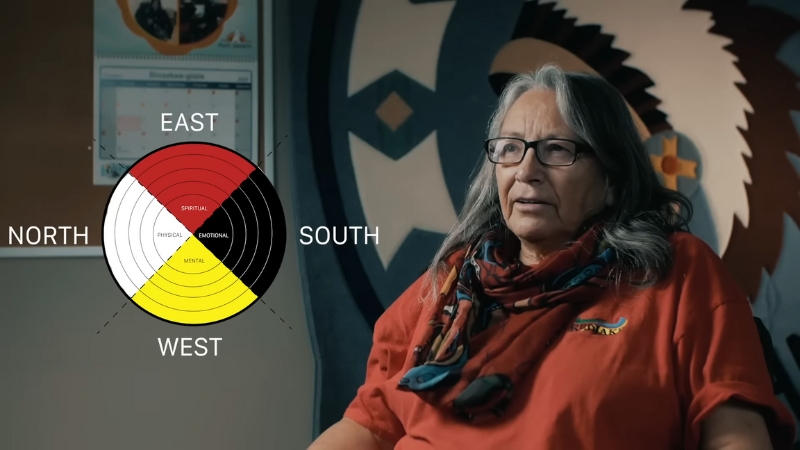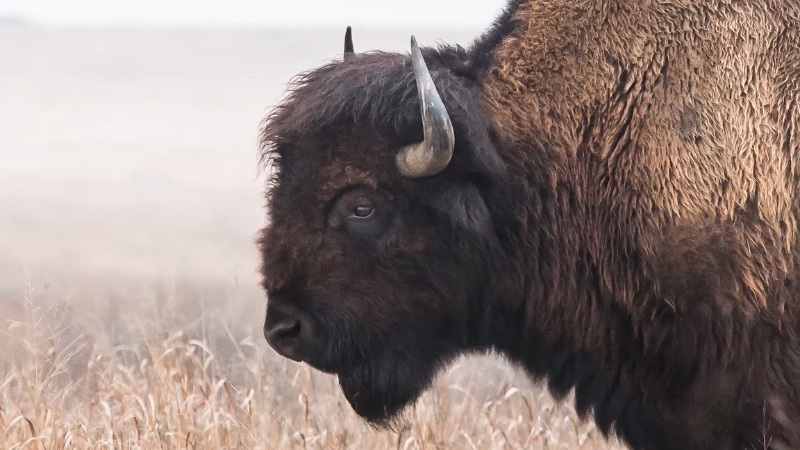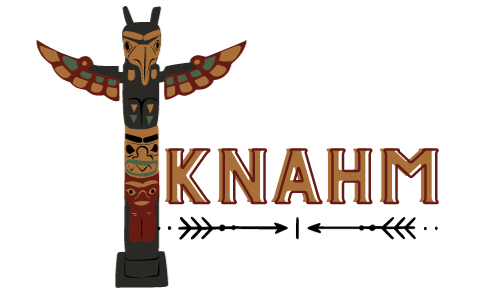For the Lakota people, the Medicine Wheel is not a relic of the past or a decorative symbol for museums. It is a living framework that explains how everything in the universe connects, spiritually, physically, mentally, and emotionally.
The circle itself represents balance and continuity. It teaches that life moves in cycles: birth, growth, death, and renewal.
The four directions, east, south, west, and north, are more than compass points; they are spiritual pillars tied to colors, animals, elements, and stages of life.
The Symbolism of the Circle

At its simplest, the Medicine Wheel is a circle divided into four quadrants by a cross. But its simplicity hides immense depth. The circle stands for wholeness; there is no beginning or end.
It also represents the sacred hoop of life, a concept found in many Indigenous cultures, signifying the interconnection of all living things.
Within that circle, the Lakota see movement and transformation. The four directions correspond to winds, seasons, stages of human life, and phases of the sun’s journey.
The Medicine Wheel reminds every individual to seek harmony among these energies instead of letting one dominate.
The Four Directions and Their Meanings
Each direction on the Medicine Wheel carries lessons that correspond to human experience. The teachings vary slightly among tribes and even among different Lakota families, but the core meanings remain consistent.
Direction
Color
Season
Element
Animal
Human Stage
Teaching
East
Yellow
Spring
Fire
Eagle
Birth / Childhood
Illumination, new beginnings, vision
South
Red
Summer
Water
Coyote
Youth
Growth, trust, emotion, passion
West
Black
Autumn
Earth
Bear
Adulthood
Reflection, introspection, maturity
North
White
Winter
Air
Buffalo
Elder / Ancestor
Wisdom, cleansing, spiritual insight
Each of these directions represents a point on the journey of life. The East is where the sun rises, bringing new beginnings and inspiration. South embodies energy, emotion, and learning through experience.
West marks the time of looking inward, of testing strength and purpose. North holds wisdom and the clarity that comes with time and endurance.
The Colors and Their Balance
The four colors – yellow, red, black, and white – are more than visual markers; they represent the unity of humankind and the harmony of creation.
Some Lakota elders explain the colors as representing the races of humanity, teaching that no one group stands above another. The circle’s completeness lies in equality and respect.
These colors are also metaphors for natural processes. Yellow echoes sunlight and birth. Red carries the energy of blood and vitality. Black marks the fertile soil of renewal.
White stands for snow, spirit, and the breath of ancestors. When seen together, they remind the Lakota that life’s diversity forms one whole, just as light contains every color.
Spiritual Teachings and Daily Application
View this post on Instagram
The Medicine Wheel is both a teaching tool and a mirror. It reflects to each person where balance is missing in their life. If someone feels lost, angry, or ill, elders might guide them to meditate on one direction of the wheel, perhaps the East for clarity, or the West for patience.
The idea is not to “fix” a problem but to restore harmony among the four parts of the self: spirit, body, mind, and heart.
Lakota healers use the Medicine Wheel in ceremonies such as the Vision Quest (Hanbleceya) and the Sun Dance (Wi Wanyang Wacipi). These rituals align participants with the rhythms of the natural world.
When a person prays in all four directions, it symbolizes humility before creation. Every offering of tobacco or sweetgrass made to the directions acknowledges that humans are part of a much larger circle of life.
The Wheel and the Four Aspects of the Self
Just as the world has four directions, the self has four dimensions. The Medicine Wheel serves as a map for personal growth.
Aspect
Connection
Goal
Imbalance Example
Spirit
Prayer, vision, ancestors
Faith and harmony with creation
Spiritual disconnection, loss of meaning
Body
Physical health, work, survival
Strength and endurance
Fatigue, illness, neglect
Mind
Thought, knowledge, understanding
Clarity and awareness
Confusion, overthinking, pride
Heart
Emotion, relationships, empathy
Love, compassion, courage
Anger, fear, isolation
When all four aspects move together, life feels balanced. When one is neglected, the circle breaks and discontent arises. The Medicine Wheel helps identify where healing is needed, not only for individuals but for communities and even nations.
The Seasonal Cycle of Learning
In Lakota philosophy, life is cyclical, not linear. Just as the seasons rotate endlessly, learning and growth repeat throughout a lifetime. A person may revisit the East many times, beginning new phases of understanding.
- Spring (East): Time for planting ideas and intentions.
- Summer (South): Season of energy and work, where those intentions grow.
- Autumn (West): A phase of reflection and harvest, assessing what has been learned.
- Winter (North): Period of rest, storytelling, and wisdom sharing.
This rhythm encourages patience and humility. No one ever “masters” the Medicine Wheel; it unfolds slowly through lived experience.
The Buffalo and the Gift of Wisdom

Among the animals tied to the Medicine Wheel, the buffalo (tatanka) holds special reverence. It symbolizes abundance, generosity, and prayer.
In many Lakota teachings, the White Buffalo Calf Woman brought the sacred pipe and the spiritual teachings that sustain the people.
The buffalo reminds every person that wisdom comes from giving, not hoarding. Its life sustains others, just as spiritual wisdom nourishes the community.
Modern Relevance
Even as modern life pulls people into digital routines and urban noise, the Medicine Wheel remains deeply relevant. It offers a framework for balance that transcends culture.
Its lessons on respect, gratitude, and interconnectedness are tools for healing social and environmental fractures.
Some educators now use the Medicine Wheel model to teach mental health and emotional awareness.
Therapists adapt their four-aspect system to help individuals identify an imbalance between their physical, mental, emotional, and spiritual health. While rooted in Indigenous knowledge, the wisdom resonates universally: humanity’s well-being depends on balance with the natural world and each other.
Conclusion
@nativeamerican.history The history of the Medicine Wheel in Native Americans. Native American Native American Native American History Native American Insustice Native American Land Native American Chiefs Native American Warriors Native American Reservations Native American Land Pontiac Native American Native American Women Native American Mother Native American Women Heros Native American Names Native American Singing Native American Music #nativeamericans #americanindian #nativeamericanhistory #nativeamerican #nativeamericantribes #nativeamericanheritage #nativeamericantiktok #medicinewheels #nativemedicinewheel ♬ original sound – NativeAmerican
The Lakota Medicine Wheel is not just a sacred symbol; it is a philosophy of life. Its colors and directions map out existence in a way that honors every element of the world, from sunrise to snowfall, from childhood to elderhood.
In Lakota tradition, even the tipi reflects the same circular order, with its poles aligned to the four directions and its doorway facing the rising sun.
It teaches that every journey is circular, and that balance, within oneself and with the earth, is the highest form of wisdom.
To walk in balance is to walk the path of the Medicine Wheel: respecting the East’s light, the South’s warmth, the West’s shadow, and the North’s quiet wisdom. It is a reminder that life’s power lies not in control, but in harmony.

